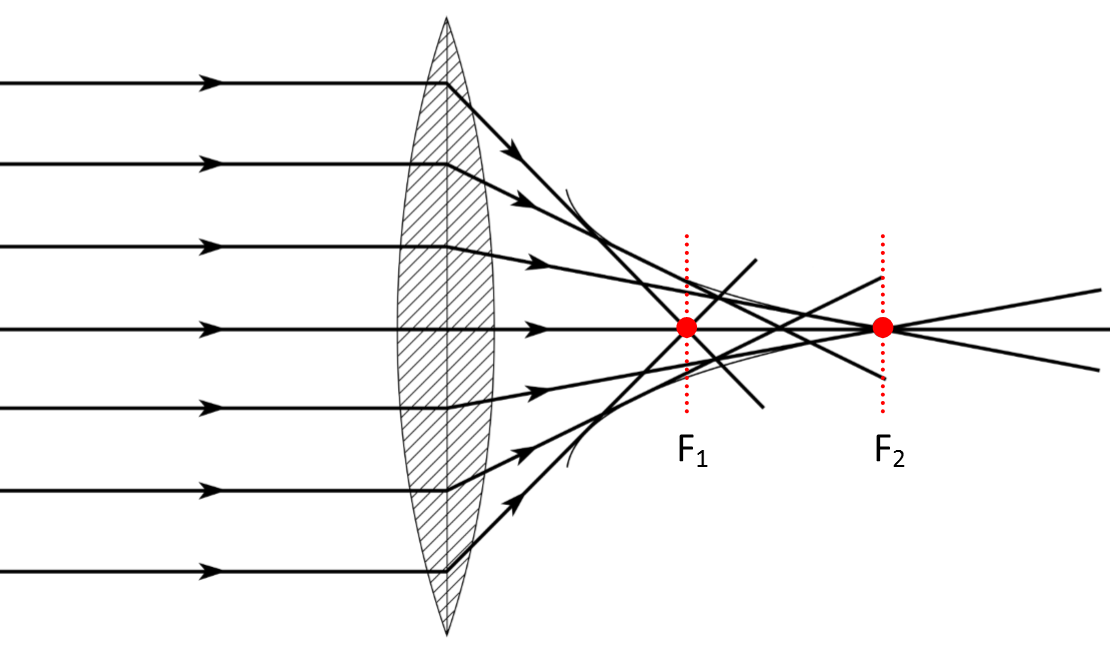MPLP: Metapath-Based Label Propagation for Heterogenous Graphs
Results on MAG240M
Here, we demonstrate the following performance on the MAG240M dataset from OGB-LSC@KDDCUP 2021.
| Model | Test Acc | Validation Acc | Parameters | Hardware |
|---|---|---|---|---|
| Our Model | 0.7447 | 0.7669 ± 0.0003 (ensemble 0.7696) | 743,449 | Tesla V100 (21GB) |
Reproducing results
0. Requirements
Here just list python3 packages we used in this competition:
numpy==1.19.2
torch==1.5.1+cu101
dgl-cu101==0.6.0.post1
ogb==1.3.1
sklearn==0.23.2
tqdm==4.46.1
1. Prepare Graph and Features
The preprocess code modifed from dgl baseline. We created graph with 6 different edge types instead of 5.
# Time cost: 3hours,30mins
python3 $MAG_CODE_PATH/preprocess.py
--rootdir $MAG_INPUT_PATH \
--author-output-path $MAG_PREP_PATH/author.npy \
--inst-output-path $MAG_PREP_PATH/inst.npy \
--graph-output-path $MAG_PREP_PATH \
--graph-as-homogeneous \
--full-output-path $MAG_PREP_PATH/full_feat.npy
The graphs and features will be saved in MAG_PREP_PATH , where the MAG_PREP_PATH is specified in run.sh.
Calculate features
The meta-path based features are generated by this script. Details can be found in our technical report.
# Time cost: 2hours,20mins (only generate label related features)
python3 $MAG_CODE_PATH/feature.py
$MAG_INPUT_PATH \
$MAG_PREP_PATH/dgl_graph_full_heterogeneous_csr.bin \
$MAG_FEAT_PATH \
--seed=42
Train RGAT model and prepare RGAT features
The RGAT model is modifed from dgl baseline. The validation accuracy is 0.701 , as same as described in the dgl baseline github.
# Time cost: 33hours,40mins (20mins for each epoch)
python3 $MAG_CODE_PATH/rgat.py
--rootdir $MAG_INPUT_PATH \
--graph-path $MAG_PREP_PATH/dgl_graph_full_homogeneous_csc.bin \
--full-feature-path $MAG_PREP_PATH/full_feat.npy \
--output-path $MAG_RGAT_PATH/ \
--epochs=100 \
--model-path $MAG_RGAT_PATH/model.pt \
--submission-path $MAG_RGAT_PATH/
You will get embeddings as input features of the following MPLP models.
2. Train MPLP models
The train process splits to two steps:
- train the model with full train samples at a large learning rate (here we use StepLR(lr=0.01, step_size=100, gamma=0.25))
- then fine tune the model with latest train samples (eg, paper with year >= 2018) with a small learning rate (0.000625)
You can train the MPLP model by running the following commands:
# Time cost: 2hours,40mins for each seed
for seed in $(seq 0 7);
do
python3 $MAG_CODE_PATH/mplp.py \
$MAG_INPUT_PATH \
$MAG_MPLP_PATH/data/ \
$MAG_MPLP_PATH/output/seed${seed} \
--gpu \
--seed=${seed} \
--batch_size=10240 \
--epochs=200 \
--num_layers=2 \
--learning_rate=0.01 \
--dropout=0.5 \
--num_splits=5
done
3. Ensemble MPLP results
While having all the results with k-fold cross validation training under 8 different seeds, you can average the results by running code below:
python3 $MAG_CODE_PATH/ensemble.py $MAG_MPLP_PATH/output/ $MAG_SUBM_PATH

![[AAAI22] Reliable Propagation-Correction Modulation for Video Object Segmentation](https://user-images.githubusercontent.com/65257938/145016835-3c4be820-c55d-4eb4-b7f5-b8a012ee0f8c.png)
